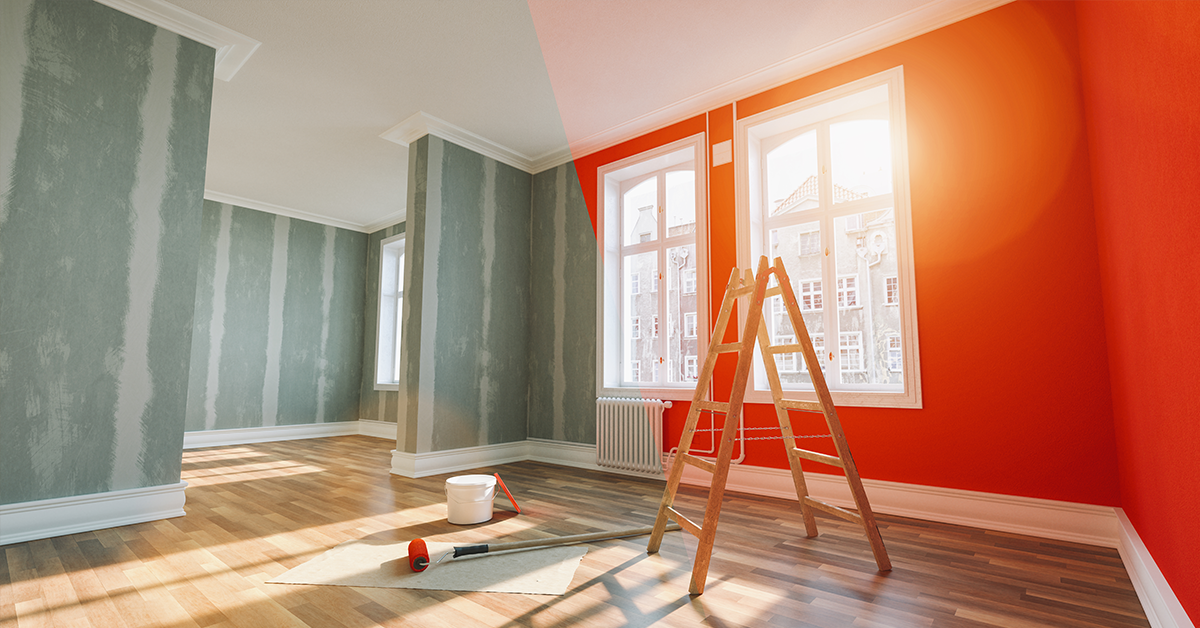
When estimating the cost of an exterior painting project, several factors need to be considered. Here’s a step-by-step guide to help you go about your exterior painting cost:
- Assess the Scope of the Project: Begin by evaluating the size and complexity of the exterior surfaces to be painted. Consider factors such as the number of stories, architectural features, trim, doors, windows, and any other surfaces that require painting. Assess the condition of the surfaces and determine if any repairs, power washing, or surface preparation are necessary.
- Measure the Surface Area: Measure the total surface area to be painted, including walls, trim, doors, and windows. This measurement will help determine the amount of paint needed and, consequently, the cost.
- Choose the Type and Quality of Paint: The type and quality of paint you choose will impact the cost. Higher-quality paints tend to be more expensive but offer better durability and longevity. Consider the specific requirements of your project, such as the desired finish (e.g., matte, satin, semi-gloss) and any special considerations (e.g., weather-resistant paint for exterior surfaces).
- Consider the Number of Coats: Depending on the condition and color of the existing surfaces, you may need one or more coats of paint. Dark or unevenly colored surfaces may require additional coats to achieve a uniform finish. Take this into account when estimating the quantity of paint needed.
- Account for Surface Preparation: Surface preparation is crucial for a successful exterior painting project. This may include power washing to remove dirt and mildew, scraping loose or peeling paint, sanding rough areas, and applying primers or sealers. Determine the extent of surface preparation required and include it in your cost estimation.
- Evaluate Access and Safety Requirements: Consider any access or safety requirements that may increase the cost. For example, if your home has multiple stories or hard-to-reach areas, additional equipment or safety measures may be necessary. These factors can affect the overall labor cost.
- Research Labor Costs: Research the average labor costs for exterior painting in your area. Labor costs may vary depending on factors such as location, market rates, and the experience and reputation of the painting contractors. Obtain multiple quotes from reputable painters to compare prices and ensure you’re getting a fair estimate.
- Include Additional Expenses: Account for any additional expenses that may arise during the project. This could include the cost of specialized primers, caulking, masking materials, or other supplies needed for specific surfaces or conditions. Consider the need for permits or any fees associated with your local regulations.
- Factor in Time and Duration: Consider the estimated time required to complete the project. Labor costs may increase if the project requires multiple days or if it needs to be completed within a specific timeframe.
- Request Detailed Estimates: Contact reputable painting contractors and request detailed estimates for your exterior painting project. Make sure the estimates include a breakdown of the costs, materials, labor, surface preparation, and any other relevant factors. Ask for clarification on any items that are unclear.
Remember that it’s important to choose a reliable and experienced painting contractor for your exterior project. Look for contractors with good references, licenses, insurance, and a track record of delivering high-quality work.
By carefully assessing the scope of the project, considering materials and labor costs, and obtaining detailed estimates, you can have a better understanding of the overall cost for your exterior painting project.